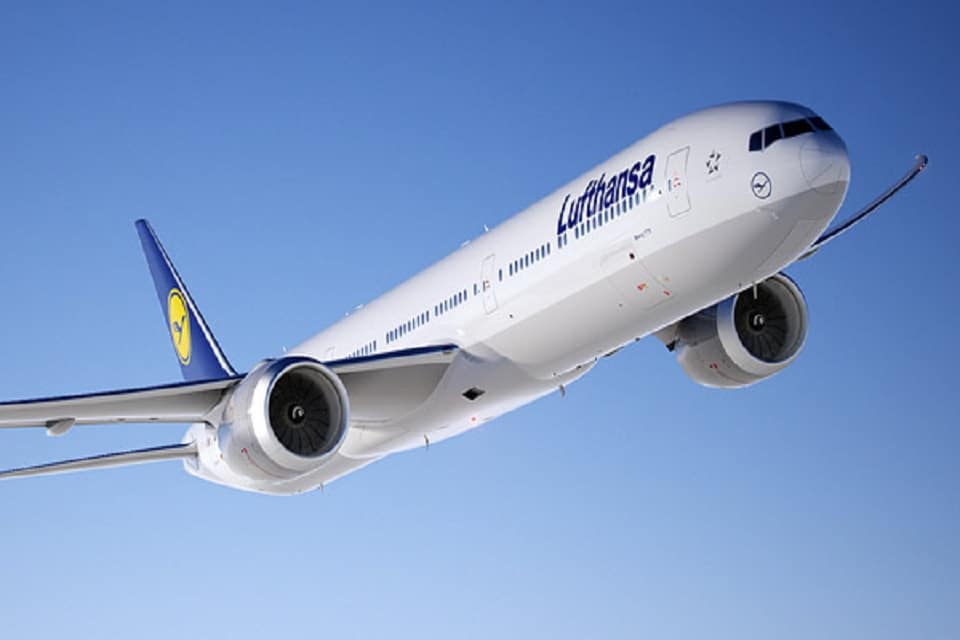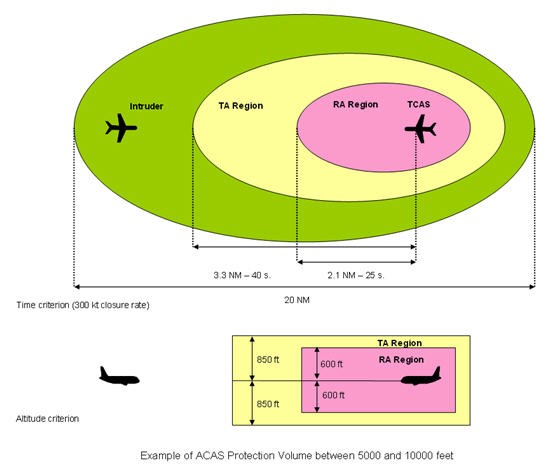Aviation
Flying into the Europe then your Aircraft should to be equipped with the latest ACAS
The Airborne Collision Avoidance System II (ACAS II) was introduced in order to reduce the risk of mid-air collisions or near mid-air collisions between aircraft.

What is ACAS ?
The Airborne Collision Avoidance System II (ACAS II) was introduced in order to reduce the risk of mid-air collisions or near mid-air collisions between aircraft. It serves as a last-resort safety net irrespective of any separation standards. ACAS II is an aircraft system based on Secondary Surveillance Radar (SSR) transponder signals. ACAS II interrogates the Mode C and Mode S transponders of nearby aircraft (‘intruders’) and from the replies tracks their altitude and range and issues alerts to the pilots, as appropriate. Non-transponding aircraft are not detected.
Types of ACAS
- ACAS I Gives Traffic Advisories (TAs) but does not recommend any manoeuvres.
- ACAS II Gives Traffic Advisories (TAs) and Resolution Advisories (RAs) in the vertical sense (direction)
- ACAS III Gives TAs and RAs in vertical and/or horizontal directions
How does it works ?

pic source : en.wikipedia.org

You are flying into the EU? As of 01/12/2015, your aircraft needs to be equipped with the latest airborne collision avoidance system.
Article 1
Subject matter and scope This Regulation lays down common airspace usage requirements and operating procedures for airborne collision avoidance to be fulfilled by:
(a) operators of aircraft referred to under Article 4(1)(b) and (c) of Regulation (EC) No 216/2008 undertaking flights into, within or out of the Union; and
(b) operators of aircraft referred to under Article 4(1)(d) of Regulation (EC) No 216/2008 undertaking flights within the airspace above the territory to which the Treaty applies as well as in any other airspace where Member States apply Regulation (EC) No 551/2004 of the European Parliament and of the Council
Article 2
Definitions For the purposes of this Regulation the following definitions shall apply:
(1) ‘airborne collision avoidance system (ACAS)’ means an aircraft system based on secondary surveillance radar (SSR) transponder signals which operates independently of ground-based equipment to provide advice to the pilot on potential conflicting aircraft that are equipped with SSR transponders;
2)‘airborne collision avoidance system II (ACAS II)’ means an airborne collision avoidance system which provides vertical resolution advisories in addition to traffic advisories;
(3) ‘resolution advisory (RA) indication’ means an indication given to the flight crew recommending a manoeuvre intended to provide separation from all threats or a manoeuvre restriction intended to maintain existing separation;
(4) ‘traffic advisory (TA) indication’ means an indication given to the flight crew that the proximity of another aircraft is a potential threat.
Article 3
Airborne collision avoidance system (ACAS)
1. The aeroplanes referred to in Section I of the Annex to this Regulation shall be equipped with and operated in accordance with the rules and procedures as specified in the Annex.
2. Member States shall ensure that operation of aeroplanes referred to in Article 1(2)(a) of Regulation (EC) No 216/2008 comply with the rules and procedures specified in the Annex in accordance with the conditions set out in that Article.
Article 4
Special provisions applying to operators subject to Council Regulation (EEC) No 3922/91 (1)
1. By derogation from provisions OPS 1.668 and OPS 1.398 of Annex III to Regulation (EEC) No 3922/91, Article 3 and the Annex to this Regulation shall apply for operators of aeroplanes referred to in Article 1(a).
2. Any other obligation imposed on air operators by Regulation (EEC) No 3922/91 as regards the approval, installation or operation of equipment shall continue to apply to ACAS II.
Article 5
Entry into force and application
1. This Regulation shall enter into force on the 20th day following its publication in the Official Journal of the European Union.
2. Articles 3 and 4 shall apply as of 1 March 2012.
3. By way of derogation from paragraph 2, in the case of aircraft with an individual certificate of airworthiness issued before 1 March 2012, the provisions of Article 3 and 4 shall apply as of 1 December 2015.
Original document: Download
source: EASA (European Aviation Safety Agency)
Note : Education Pursposes
Liked it ..!?
Share with your friends and family

Aviation
Boeing, Antonov to Collaborate on Defense Projects

– MOU represents Boeing’s commitment to work with Ukrainian industry
– Includes exploring opportunities for collaborating on in-country support of Unmanned Aerial Systems
A Memorandum of Understanding was signed today by Boeing and Antonov Company to investigate potential collaboration on defense-related projects.
“We’re happy to keep collaborating with the Antonov Company to help Ukraine’s economic development and expansion,” stated Ted Colbert, CEO and president of Boeing Defence, Space, & Security.
Airbus and the Antonov An-225: The Best Partnership:Click here
“This agreement demonstrates our ongoing efforts to find more opportunities to work with Ukrainian industry, which was underscored by our signing of the Ukrainian Defence Industry Compact earlier this year.”
The areas of potential collaboration identified in the agreement consist of training, logistical support and overhaul services for tactical Unmanned Aerial Systems utilized by the Ukrainian Armed Forces, which includes the ScanEagle. In addition, the companies will also explore opportunities for Antonov to provide engineering support to Boeing.
The six largest cargo aircraft ever built in the aviation industry:Click here
“A strong, innovative, and efficient defense industry is key to sustainable economic development and national security, and we are extremely excited to collaborate with Boeing,” said Ievhen Gavrylov, CEO of Antonov Company.
This agreement brings a whole new level of opportunity to implement the latest and most effective solutions – in addition to the possibility of future projects with Boeing in the aerospace and defense industry.”
-

 Travel1 week ago
Travel1 week agoAir India to Expand US Operations with Three New Routes After a Decade
-

 Travel2 weeks ago
Travel2 weeks agoWhy We Should Avoid These Stamps in a Passport
-

 Airlines1 month ago
Airlines1 month agoInvestigations Reveal Fake Chinese Titanium in Boeing and Airbus Jets
-

 Tech4 weeks ago
Tech4 weeks agoChina’s CATL Plans 1,800-Mile Electric Plane Launch by 2027
-

 Airport3 days ago
Airport3 days agoTop 10 Largest Airports in the World by Size
-

 Aerospace4 weeks ago
Aerospace4 weeks agoChina’s Fighter Jets Turn Wings into Autonomous Drones
-

 Airlines4 days ago
Airlines4 days agoAir India Rolls Out A350s for Delhi-New York JFK and Newark Routes
-

 Defence3 weeks ago
Defence3 weeks agoBoeing Enhances Chinook with New Engines and Block II Upgrades at $96 Million







